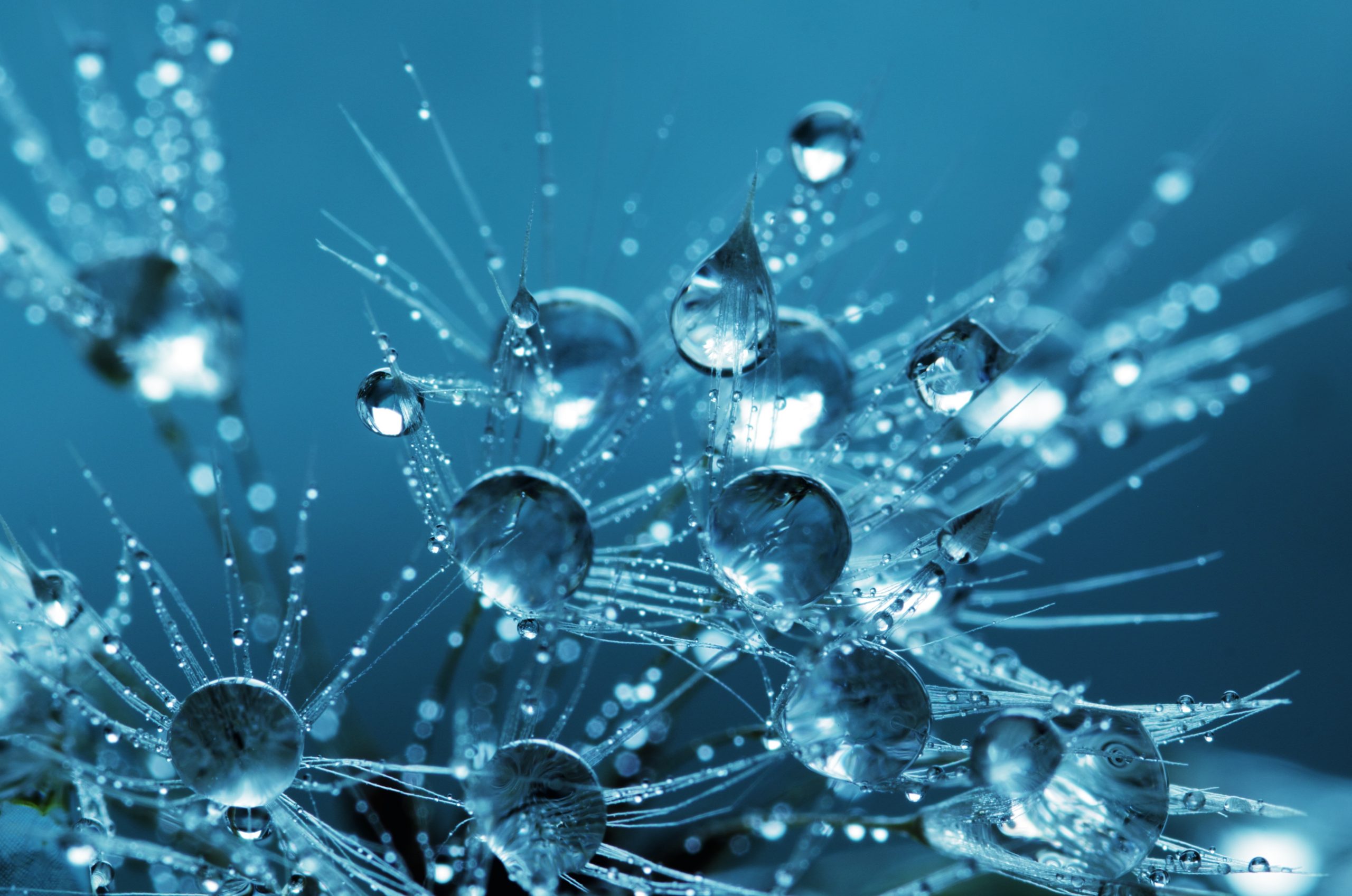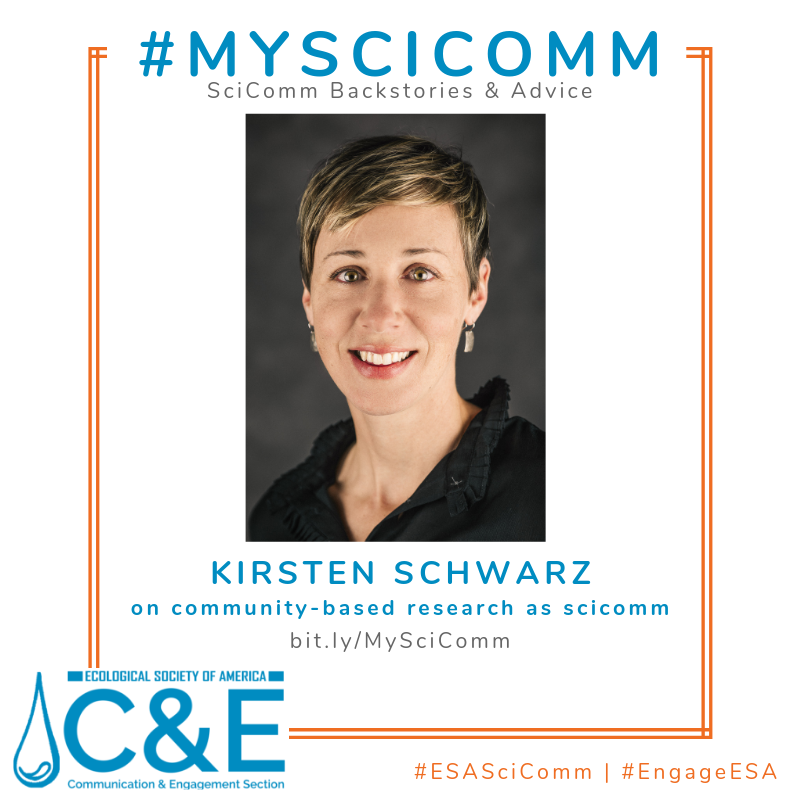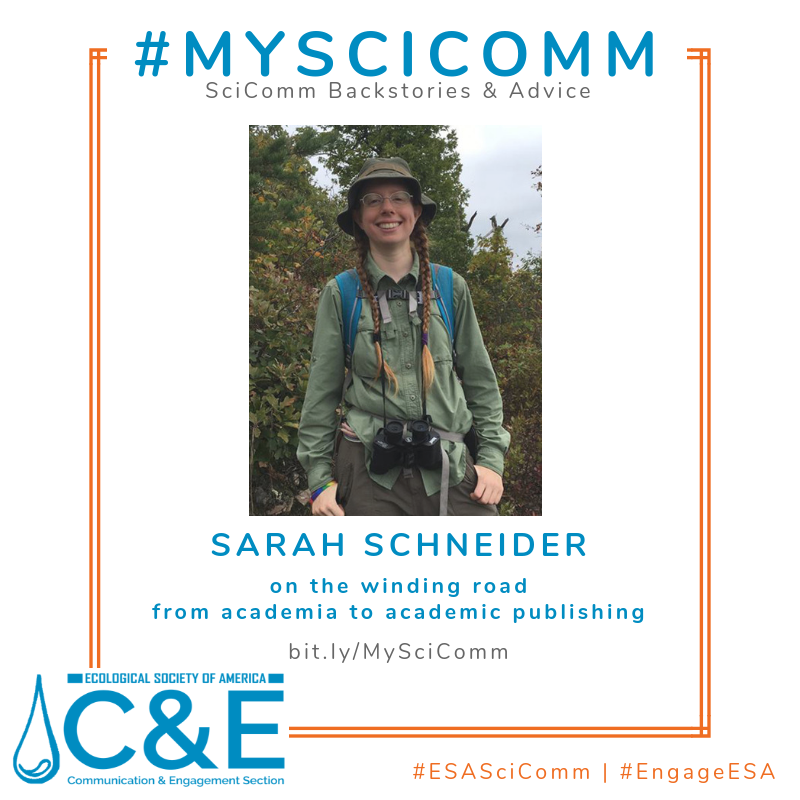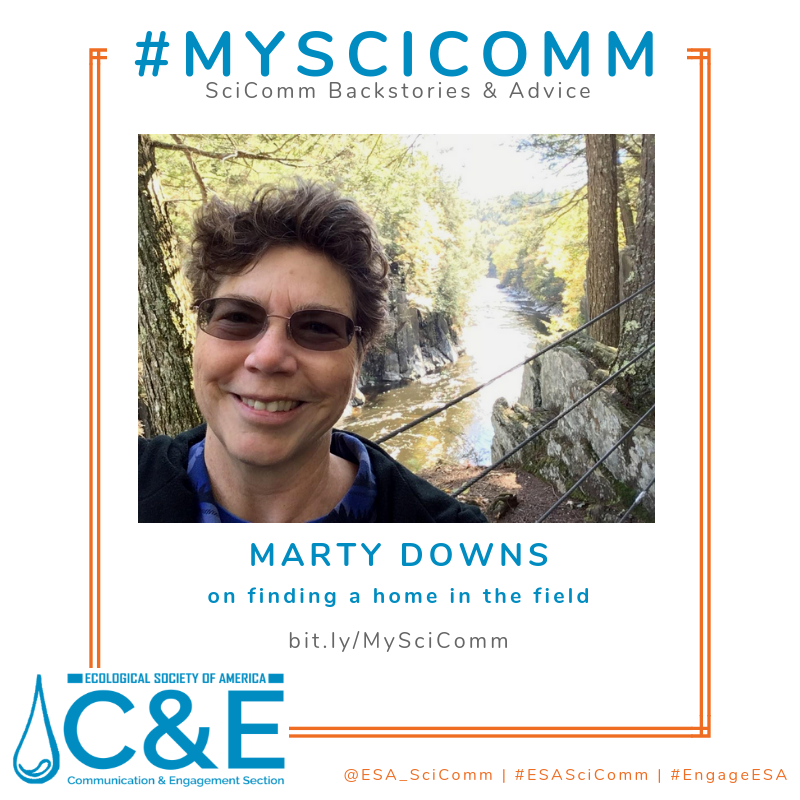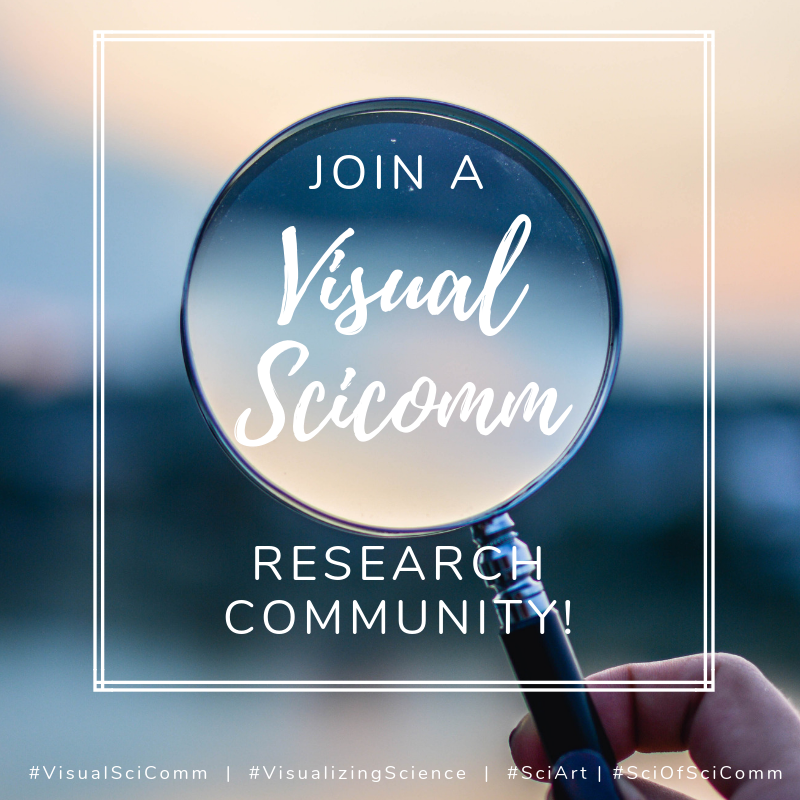
Resource of the Week: Join the new online research community ‘Visual Arts in Science Education’
Jennifer Landin, a scientific illustrator and NC State professor, has launched an online group focused on research on the use of visuals/art in science education. She aims to connect and create a community across the art, communication, science, and education fields. VASE (Visual Arts in Science Education), with the goals of: 1) sharing ideas among researchers and practitioners in an…
